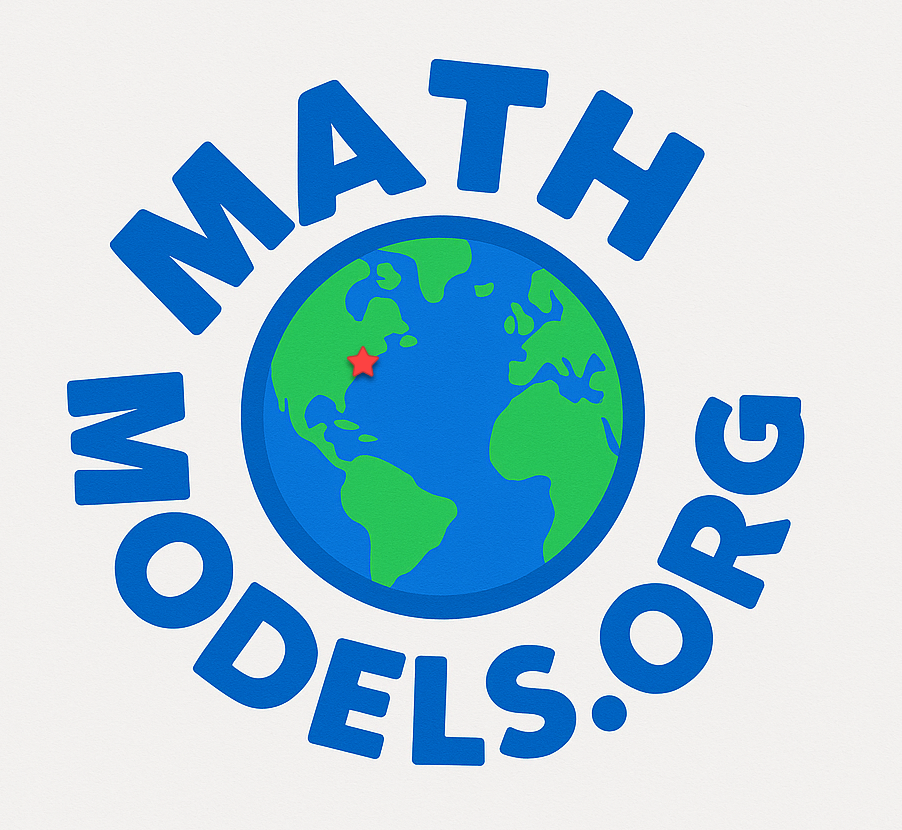Aviation Baggage Screening Strategies: To Screen or Not to Screen, that is the Question
Author: COMAP
Background:
You are an analysis team in the Office of Security Operations for the Transportation Security Administration (TSA), responsible for the Midwest Region of the United States. New laws will soon mandate 100% screening of all checked bags at the 429 passenger airports throughout the nation by explosive detection systems (EDSs; see Figure 1). EDSs use computed tomography (CT) technology to scan checked bags, similar to how CAT scans are used in hospitals. Using multiple x-rays of each bag, EDSs create three-dimensional images of a bag’s content, showing the density of each item. This information is utilized to determine whether an explosive device is present. Experimentation with EDSs indicate that each device is operational about 92% of the time and each device can examine between 160 and 210 bags per hour.
The TSA has been actively purchasing EDSs and deploying them at airports throughout the nation. Given that these devices cost nearly $1 million each, weigh as much as eight tons, and cost several thousand dollars to install in an airport, determining the correct number of devices to deploy at each airport and how to best use them (once operational) are important problems.
Currently, manufacturers are not able to produce the expected number of EDSs required to meet the federal mandate of 100% screening of checked luggage. Because of the limited number of EDS machines available, the Director of Airport Security for the Midwest Region (Mr. Sheldon) is not surprised that the TSA is requesting a detailed analysis on the estimated number of EDSs required at all airports. In addition, given the limited space and funds available for each airport, Mr. Sheldon believes that at some point a detailed analysis of emerging technologies will be needed. Promising technologies with more modest space and labor costs will emerge in the coming decade (e.g. x-ray diffraction; neutron-based detection; quadropole resonance; millimeter wave imaging; and microwave imaging).
Problem Download

Mathematics Topics:
Application Areas:
You must have a Mathmodels Membership to download Student Papers and Commentary.
If you're already a member, login here.